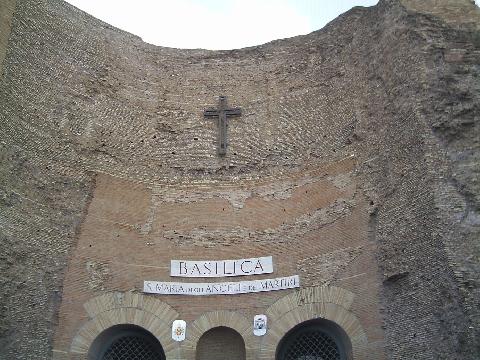Top 10 things you can do in Rome once you are done with the touristy ones (I)
One of my good friends in the blogosphere, Mark (www.travel-wonders.com) wrote a fantastic article with the top 10 attractions in Rome, covering some of the best known attractions in the Italian capital. Reading through it.
10. The Via Appia
The Via Appia was one of the seven most important routes in Roman history and linked Rome with Brindisi in what is now Puglia (the heel of the Italian boot). We had an expert in Roman history write about several articles about this (thanks, Alex) and you can read one of them here http://www.travelbay.org/europe/Back-in-time—oh-those-Romans–22.html However, the Via Appia is interesting because it is a combination of Roman constructions (including the Circus of Maxentius, the Tomb of Cecilia Metella – which is free with the ticket from the Baths of Caracalla, see below on this attraction – and other ruins) and Paleo-Christian art. In the latter category fall some of the early Christian catacombs, including the Catacombs of St. Callistus, the largest of these, (Visiting hours: 9.00 – 12.00 and 14.00 – 17.00, entrance fee is 8 euros), of St. Domitilla (the oldest) and St. Sebastian (with wonderful early Christian mosaics).
9. The ‘terme’ or baths
Usually, the focus of your trip for the Ancient Rome segment will be on the Coliseum and the area around it that includes the Roman Forums and the Palatine. However, not too far away from this area, maybe a 10 minute walk, are the Baths of Caracalla, built around the 3rd century AD. The area is large, perhaps this could have been one of the largest such location in Ancient Rome, and many of the domes and walls are still intact, despite the baths no longer being used after the 6th century and having been sacked by the Goths as well around that period of time. The terms are usually open in the morning, from 9 am to 2 pm and the entrance is a medical 6 euros.
Other notable baths are the Baths of Diocletian, close to the Central Station, in the Piazza della Repubblica, where the National Roman Museum has a good collection of Roman art. However, the most impressive thing about these baths is the Church of Santa Maria degli Angeli, built by Michelangelo in one of the rooms of the former baths, better known as the tepidarium (the warm room – we could perhaps have an article at some point to talk about the different rooms of a Roman bath. Apparently, Ancient Rome had about 900 public baths).

